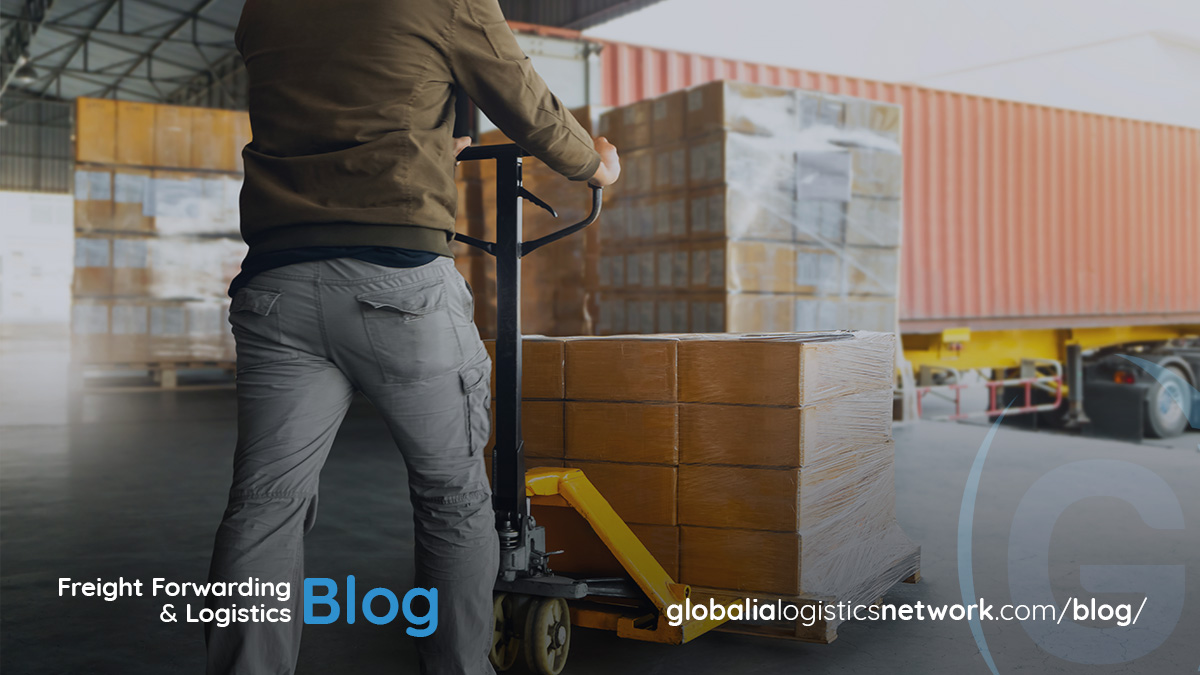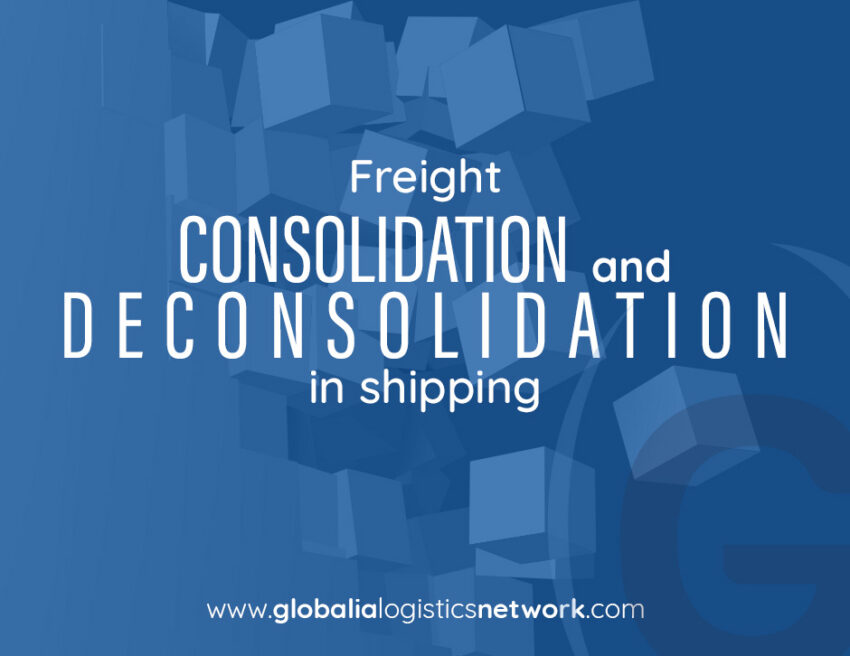In today’s hyper-competitive global marketplace, the pressure to reduce freight costs has reached unprecedented levels. Shippers are navigating a landscape where consumers demand faster delivery times and lower prices, fueled by the rise of e-commerce giants like Amazon and the proliferation of online shopping platforms. For independent freight forwarders, this environment presents unique challenges. Unlike large corporations with vast resources and established logistics networks, independent freight forwarders often struggle to manage freight costs effectively, leaving them at a significant disadvantage. This is where freight consolidation emerges as a game-changing strategy.
By combining multiple smaller shipments into a single container or truckload, businesses can significantly reduce transportation expenses while maintaining efficiency. However, the process is not without its complexities. Missteps in freight consolidation or deconsolidation can lead to unexpected costs, delays, and operational headaches. To stay competitive, shippers must not only embrace freight consolidation but also understand how to execute it strategically.

Freight Consolidation: A Double-Edged Sword in the Shipping Process
At first glance, freight consolidation seems like a straightforward solution: combine smaller shipments into larger ones to streamline shipping, reduce costs, and speed up delivery. While this is true, the reality is more nuanced. Freight consolidation introduces an additional layer of complexity to the shipping process, balancing both risks and rewards.
On one hand, consolidation increases the number of touchpoints for individual shipments, which can heighten the risk of delays, damage, or errors. On the other hand, when executed correctly, consolidation can actually reduce the overall number of touchpoints in the supply chain, minimizing risk and improving efficiency.
Confused? Let’s break it down.
What Is Freight Consolidation?
Freight consolidation is the process of combining multiple smaller shipments—whether parcel packages, less than container load (LCL), or less than truckload (LTL)—into larger, more efficient shipments. This can include creating full truckload (FT) or full container (FC) shipments. The goal is to optimize space, reduce costs, and improve transit times.
For companies shipping large volumes of similar products to a common destination, LCL and LTL shipments are often the go-to options. However, these methods have limitations. While they offer cost savings compared to individual shipments, they don’t always provide the most efficient or cost-effective solution for the entire shipping journey.
This is where freight consolidation services, offered by experienced freight forwarders, come into play. Unlike in-house LTL or LCL shipments, which typically involve a single shipper’s goods, freight consolidation combines shipments from multiple shippers, carriers, and distributors into a single, larger shipment. This approach maximizes efficiency and cost savings but requires careful coordination and expertise.
Benefits of Freight Consolidation
1. Cost Savings
By consolidating shipments, businesses can share transportation costs, reducing expenses on fuel, handling, and warehousing. This is especially useful for LTL (Less-than-Truckload) and LCL (Less-than-Container Load) shipments.
2. Faster and More Reliable Deliveries
Consolidated freight typically moves on direct routes with fewer stops, leading to shorter transit times and reducing the risk of delays caused by multiple handlings.
3. Improved Supply Chain Efficiency
With fewer individual shipments to manage, logistics companies can streamline operations, optimize warehouse space, and reduce administrative workload, leading to a more efficient supply chain.
4. Reduced Risk of Damage
Fewer handling points mean less exposure to damage or loss. By consolidating shipments, cargo is packed more securely, minimizing potential risks during transit.
5. Lower Carbon Footprint
By maximizing container or truck space, freight consolidation reduces the number of trips needed for transportation, cutting down fuel consumption and carbon emissions—an essential step toward sustainable logistics. Freight forwarders who leverage consolidation can offer their clients a more cost-effective, efficient, and environmentally friendly shipping solution, improving customer satisfaction and boosting their competitive edge.
Freight Deconsolidation: A Key Strategy for Efficient Logistics
Freight deconsolidation is a crucial process in modern supply chain management that involves breaking down larger, consolidated shipments into smaller, more manageable loads for final distribution. This logistics strategy is widely used by retailers, manufacturers, and freight forwarders to optimize delivery operations, reduce costs, and improve customer satisfaction. As businesses strive for greater efficiency and flexibility, deconsolidation has become an essential practice in global logistics.
What is Freight Deconsolidation?
Freight deconsolidation is the process of unpacking or breaking down a consolidated shipment at a strategic location, such as a distribution center, warehouse, or cross-dock facility. This allows shipments to be sorted, re-routed, and delivered to multiple final destinations in a more efficient manner. Often, deconsolidation follows an initial consolidation stage, where multiple smaller shipments are grouped together to take advantage of lower transportation costs.
For example, a manufacturer may consolidate goods from multiple suppliers into a single container for international shipping. Upon arrival at a regional distribution center, the container is deconsolidated and individual shipments are sent to different retail stores or customers.
Key Benefits of Freight Deconsolidation
1. Faster and More Flexible Deliveries
Deconsolidation enables businesses to shorten delivery times by distributing goods closer to their final destinations. Instead of shipping each order separately over long distances, companies can transport consolidated loads to regional hubs and then quickly distribute smaller shipments, reducing overall transit time.
2. Cost Reduction
By consolidating shipments for long-haul transport and deconsolidating them at strategic points, businesses reduce transportation costs. This method minimizes the need for multiple long-haul shipments, optimizing truck or container space and lowering per-unit shipping costs.
3. Improved Supply Chain Efficiency
A well-executed deconsolidation strategy streamlines distribution processes, ensuring that goods are routed efficiently from warehouses to customers. This improves inventory management and enhances overall supply chain performance, allowing businesses to scale operations without significantly increasing logistics costs.
4. Enhanced Last-Mile Delivery
With the rise of e-commerce, last-mile delivery has become a major challenge for businesses. Deconsolidation allows companies to distribute goods from strategically located hubs, reducing last-mile delivery distances. This lowers fuel consumption, reduces delivery times, and enhances customer satisfaction.
5. Reduced Storage and Handling Costs
Deconsolidation at cross-dock facilities or regional warehouses can eliminate the need for long-term storage. Goods can be quickly sorted and dispatched to their final destinations, reducing warehouse holding costs and minimizing excess inventory.
Conclusion
Freight consolidation and deconsolidation are essential strategies for independent freight forwarders looking to optimize shipping efficiency and reduce costs. By consolidating shipments, forwarders can maximize container or truck space, lower transportation expenses, and enhance operational efficiency. At the same time, effective deconsolidation ensures faster last-mile deliveries, improved inventory management, and greater flexibility in handling multi-destination shipments.
For independent freight forwarders, mastering these processes is key to remaining competitive in an increasingly complex logistics landscape. Leveraging advanced tracking technology, strategic planning, and strong partnerships with warehouses and carriers can further enhance the benefits of consolidation and deconsolidation. Ultimately, these practices enable forwarders to provide cost-effective, timely, and reliable shipping solutions, strengthening their market position and delivering greater value to their customers.


